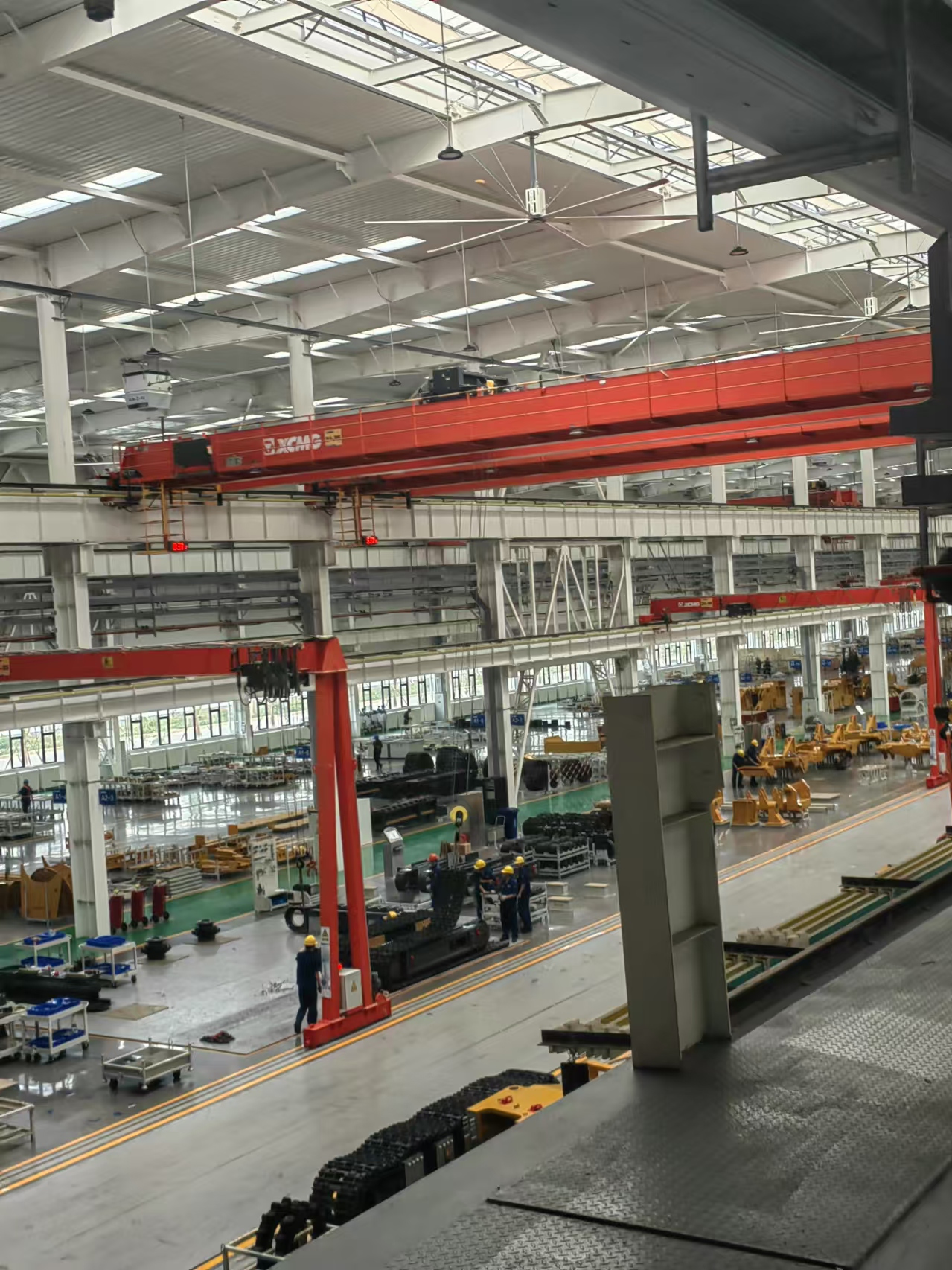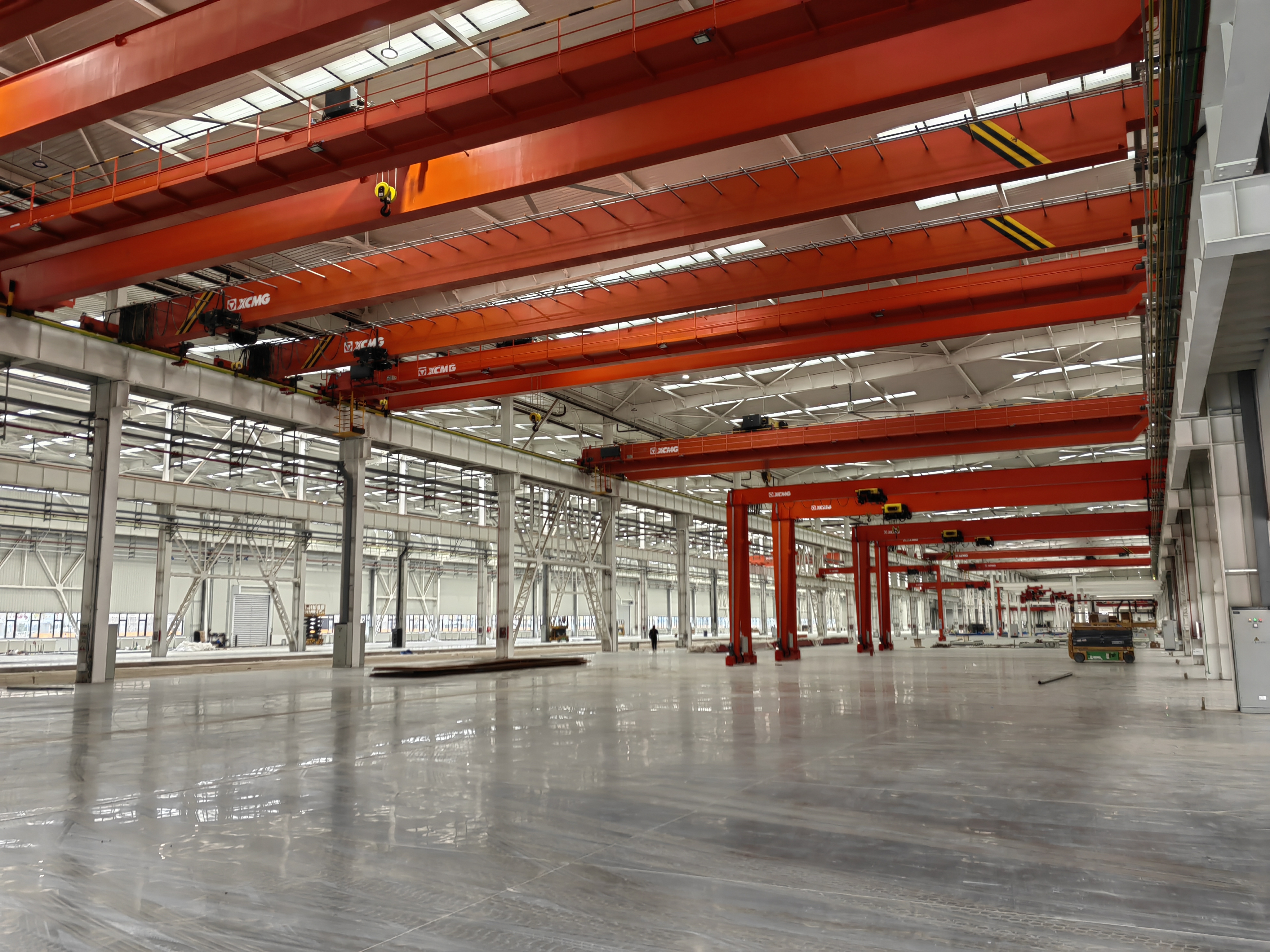Is your crane properly maintained in winter?
Cranes are always well cared for during our use. They need maintenance not only in normal times but also in winter. Because cranes are related to our operational safety, how should we maintain them? Today I will give you a few points so that you can be more thorough in the maintenance process in the future.

Oil selection
Engine oil selection: If the engine lubricating oil is not replaced for a long time, a lot of carbon deposits and impurities will accumulate, which will increase the viscosity of the oil. When used during the preheating period, it will cause problems such as insufficient heat dissipation or inadequate lubrication, causing direct damage or hidden damage to components such as pistons, cylinders, connecting rods, and oil pumps. When choosing lubricating oil in winter, you should choose oil with low viscosity, such as 5W, 10W, 15W, four-season oil and other oils.
Hydraulic oil maintenance and maintenance: When the temperature is low in winter, the viscosity of the hydraulic oil is high. If it is not preheated or the oil temperature is not high, it is easy to have difficulties in raising the boom, no combined action, winch lag, and long preheating time. Before operation, it should be idle for a period of time before entering the high-speed state to prevent excessive viscosity from causing damage to components such as oil pumps and pipelines. If the local temperature is low, it can be replaced with 32# hydraulic oil.
Gear oil replacement and maintenance: The maintenance cycle of crane gear oil is about one year. When the gear oil is worn for a long time by the gear, affected by factors such as lower temperature or oil deterioration, the gear cannot produce a comprehensive oil film on the gear surface when it runs at high or low speed, resulting in abnormal wear or rust on the gear contact surface. Before the arrival of winter, the axle, reducer and other parts should be cleaned and replaced with new oil.
Lubricating lithium grease: Lubricating lithium grease is commonly known as butter, which is indispensable in the operation of the machinery. Common lubricating parts of cranes include: boom, chassis suspension, slewing, hoisting mechanism and other parts. Every winter, ordinary grease will face problems such as grease scaling and hardening. Since lithium grease lubrication has many levels, it is divided into different uses such as light load and ship. The appropriate butter should be selected according to the degree of mechanical operation. At the same time, the viscosity of butter is relatively large. The equipment often runs around on construction sites and dirt roads. The butter is often covered with sand and dust, which is easy to cause scratches and abnormal wear on parts such as the boom. The old butter that has covered the machinery should be cleaned regularly with a shovel or iron sheet and reapplied. The cycle is 7-15 days.
Diesel selection: Determined by local temperature. For example, if the temperature in Northeast China is below -20℃, -35# diesel should be used. If the equipment is transferred to a lower temperature environment, the low-grade diesel in the original vehicle tank, oil pipe, and fuel injector should be used up. Otherwise, it is easy to cause the engine to fail to start, ice causing the oil pipe to rupture, and abnormal fuel injection from the fuel nozzle. Drain the oil-water separator frequently.

Electrical maintenance
Check the exposed circuits for aging or looseness, and conduct a comprehensive inspection and repair before winter comes. The more common problems are: the height limit switch is often exposed, the switch is connected to the pull rope position, which is prone to dripping, and it freezes quickly when it is cold, which prevents the switch from returning to its original position. The visibility is poor during nighttime operation, and the main hook or auxiliary hook is directly unprotected, which can easily cause safety accidents or losses. When using in the morning, check the long angle sensor line and remove ice to prevent the pull wire from freezing during operation, the wire skin from breaking, and leakage and cross-current. Check the battery to see if the vent is blocked. If necessary, shield it to avoid direct exposure.
Check the gas line
Check the air tank drain valve to see if the gas is discharged normally when draining water. It should be checked once every day before parking the car after get off work to prevent the valve from freezing or being pushed open due to the temperature drop at night, causing air leakage or blockage of the air pipe or valve body.
Tire maintenance
In winter, the temperature is relatively low, and the tires should be properly filled with air pressure and kept within the specified air pressure range. Check whether the tires have scratches or bulges, and clean the inclusions in the tread regularly. In addition, in order to balance and extend the service life of the front and rear wheels and the spare wheel, the tires should be transposed and adjusted according to the degree of wear. Due to the low temperature, the rubber brittleness of the tires increases and the elasticity decreases. When the vehicle is restarted after being parked overnight or for a long time, the clutch pedal should be slowly lifted to start smoothly. The first few kilometers should be driven at a low speed, and normal driving can be resumed after the tire temperature rises. If the vehicle is parked on the ice for a period of time, the ground contact area may be frozen. Be extra careful when starting to prevent the tread from being torn. When the vehicle is parked in the open air for a long time in a cold area, wooden boards or sand should be placed under the tires to prevent the tires from freezing to the ground.

